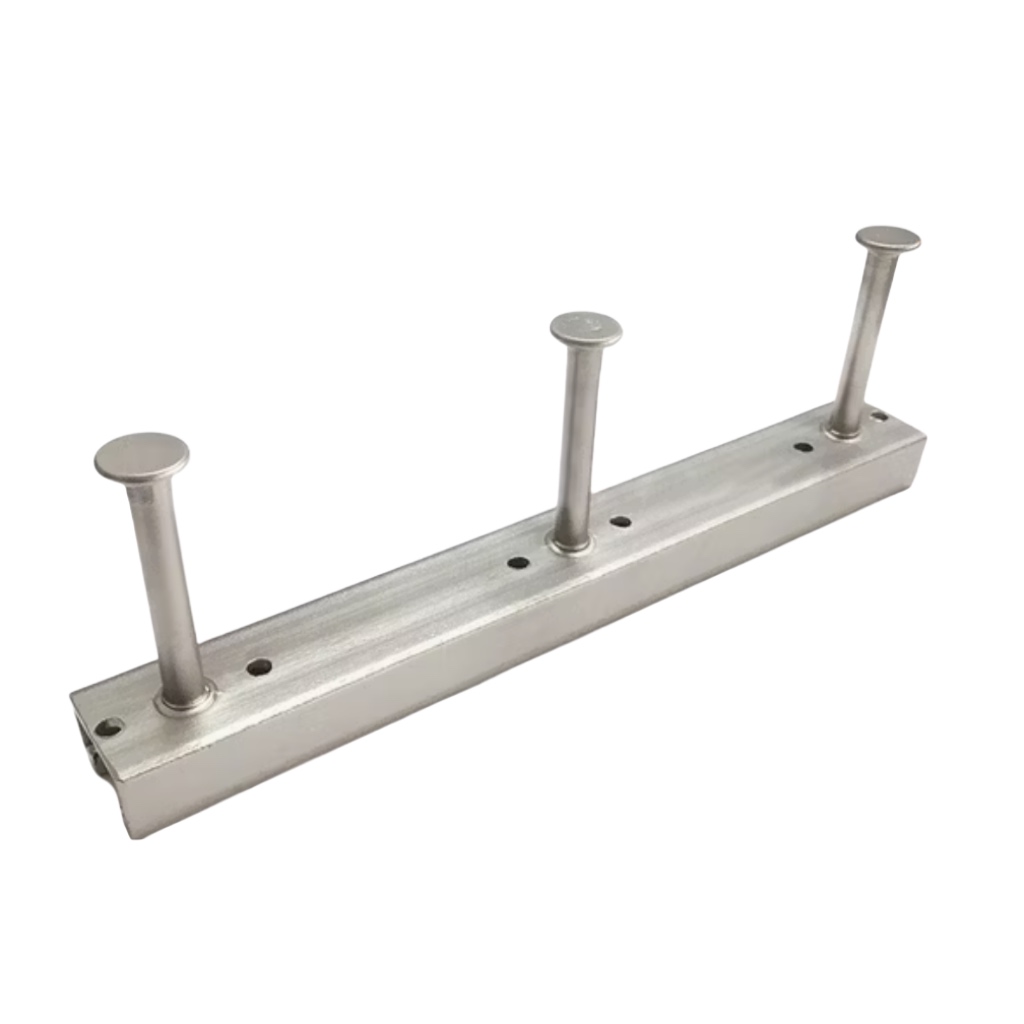Quality:
The quality and safety is one of the most important topics for us. With ISO 9001:2008 quality management system, we check our products strictly. For raw material, we not only do the dimensional inspection, but also load tests. During the production, the quality department will test our products constantly. All tests are executed according to German standards. BGW ensures that every product has the required application and security needs. Guarantee quality, made in China.
Test:
The National Building Materials Test Center has done tensile tests of our anchor channels, we can provide the test report on request.
Category:



Adevantages:
Safe、Reliable、Economic、Fast
- Can be installed in tensile and compressive areas, does not destroy the reinforcement.
- Adjustable fixing place, safe installation, no welding, no drilling.
- Reduces construction time.
ANCHOR CHANNEL LIST:




T-BOLT LIST:
We usually sell T-bolts with a grade of 8.8 for our anchor channels to reduce the chance of a failure of the screw, but can provide other grades on request. The length of the thread is variable. The material consists of stainless steel, hot dipped steel or galvanized steel. You should not go below the following minimum interim distances.

AVAILABLE LENGTH AND ANCHOR ARRANGEMETS


DESIGN EXAMPLE

VERIFICATION
When you decide to use anchor channels for your project you should find the right size which bears the appearing loads. So it is necessary to know about the force values as well as their directions. If the anchor channel only has to resist against central pull or perpendicular loads to the channel a k zn/w zn is sufficient. But for parallel loads to the channel a w t zn is needed, because the teeth make sure the load bearing capacity in this direction. On this account it is necessary to distinguish the kind of anchor channel for the verification.
The appearing forces can affect in 2 different directions coexistent, in the direction of the T-bolt and perpendicular to the channel. The forces must be summed up to calculate the full load.
![]()
The full load is due to an angle which shows the load direction.
Different load directions cause different failure criteria, so you have to distinguish between 2 load directions as a function of the angle.

The capacity can be read out of the following table according to the load position, the size of the anchor channel and the concrete class.
The comparison between the appearing load and the capacity shows the conclusion.



For the w t zn a force parallel to the channel has to be added.
![]()
A differentiation is not needed, there is the same capacity in every direction.
Analog to the k zn/w zn the capacity for the verification is written in a table.

- If the concrete class is at least C35 or if a supplementary reinforcement is arranged, a higher capacity can be chosen.
- For lower concrete classes than C25 the capacity has to be reduced to 70% (0,7FRd).
- Interim values can be interpolated.




